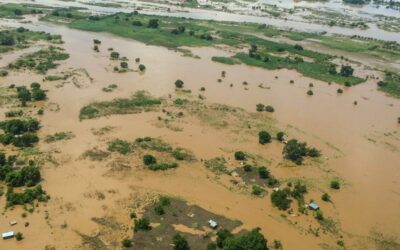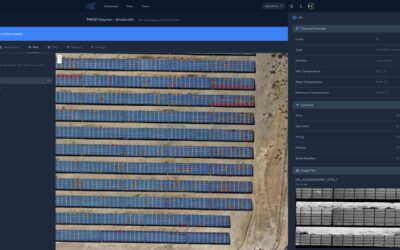Drones are becoming increasingly popular in the agricultural industry for their ability to quickly and efficiently gather data about crops and soil conditions. Here are some of the main applications of drones in agricultural crops:
- Crop Scouting: Drones equipped with cameras can be used to quickly survey large areas of crops, allowing farmers to identify issues such as pests, diseases, and nutrient deficiencies early on.
- Planting: Drones can be equipped with seed dispensers or planting equipment that can plant seedlings or seeds at a much faster rate than manual labor.
- Crop Spraying: Drones equipped with spray nozzles can be used to apply pesticides and fertilizers to crops, reducing labor costs and increasing efficiency.
- Crop Mapping: Drones equipped with multispectral or hyperspectral cameras can be used to map and analyze the health of crops, providing farmers with detailed information about crop growth and health.
- Soil analysis: Drones can be used to map and analyze soil conditions, providing farmers with detailed information about soil moisture, pH levels, and nutrient content, which can help them make more informed decisions about planting and fertilizing.
- Livestock monitoring: Drones equipped with cameras can be used to monitor livestock, helping farmers to identify issues such as disease or injury.
- Harvesting: Some companies are working on the development of drones that can be used for harvesting crops such as fruits and vegetables, this would help to reduce labor costs and increase efficiency.







0 Comments